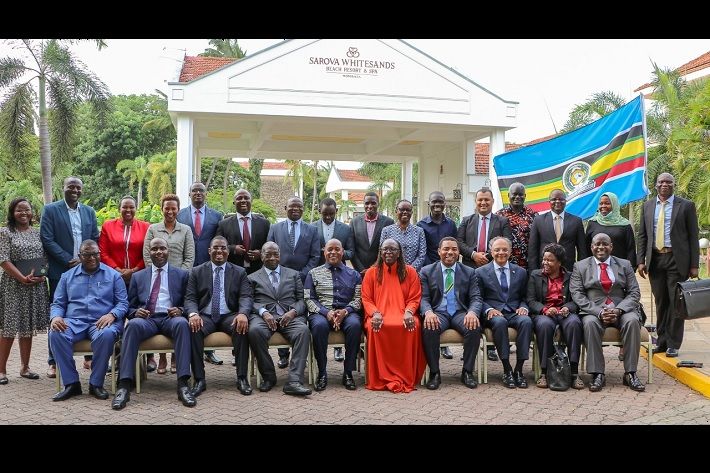
The implementation of the reviewed EAC CET shall commence on July 1, 2022, the EAC said in a media release.
The EAC ministers and cabinet secretary in charge of trade and finance agreed that there should be flexibility in implementation of the revised CET, particularly on products currently affected by the current global economic realities.
“The meeting was informed that the maximum tariff band at 35% was the most appropriate rate, as in the long run, it has the most positive impact to regional growth. They noted that in its application, a welfare loss is expected, but would be cured from generated added employment opportunities from the switch of local production,” the release added.
The chairperson of the EAC council of ministers, Betty Maina, who is also the cabinet secretary, ministry of trade, industrialization and enterprise development, Kenya hailed the move, dubbing it beneficial to the promotion of industrialisation and in safeguarding consumer welfare on products where the region is net importing. “The reviewed CET will address the requests for stays of application, which distort the EAC CET,” she said.
The meeting further directed EAC Partner States to identify products which are affected by the current global trade disruptions for consideration during the Pre-Budget Consultations meeting scheduled for May 9-13, 2022.
In his remarks, EAC secretary general Peter Mathuki, termed this as a positive step towards the promotion of industrial sectors and realisation of the benefits of the African Continental Free Trade Area (AfCFTA). “The move is set to spur intra-regional trade by encouraging local manufacturing, value addition and industrialisation.”
The secretary general said the CET is one of the key instruments under the Customs Union pillar which justifies regional integration through uniform treatment of goods imported from third parties.
Fibre2Fashion News Desk (KD)